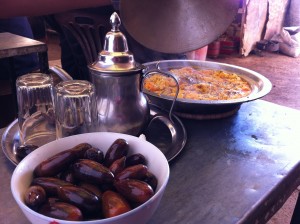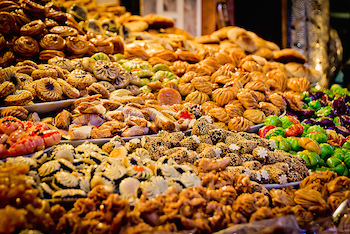Morocco’s Rural Markets, Your Morocco Tour Guide
Even if your trip to Morocco is mainly centered around the major cities, it is worth getting out for a day into the countryside to see rural life. Although the majority of the Moroccan population now officially lives in urban areas, many retain…







